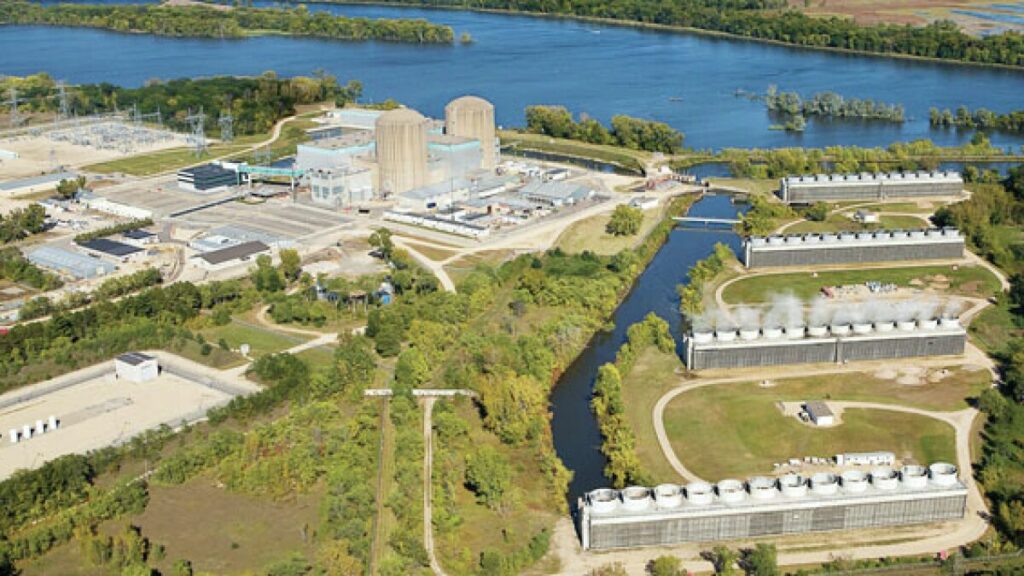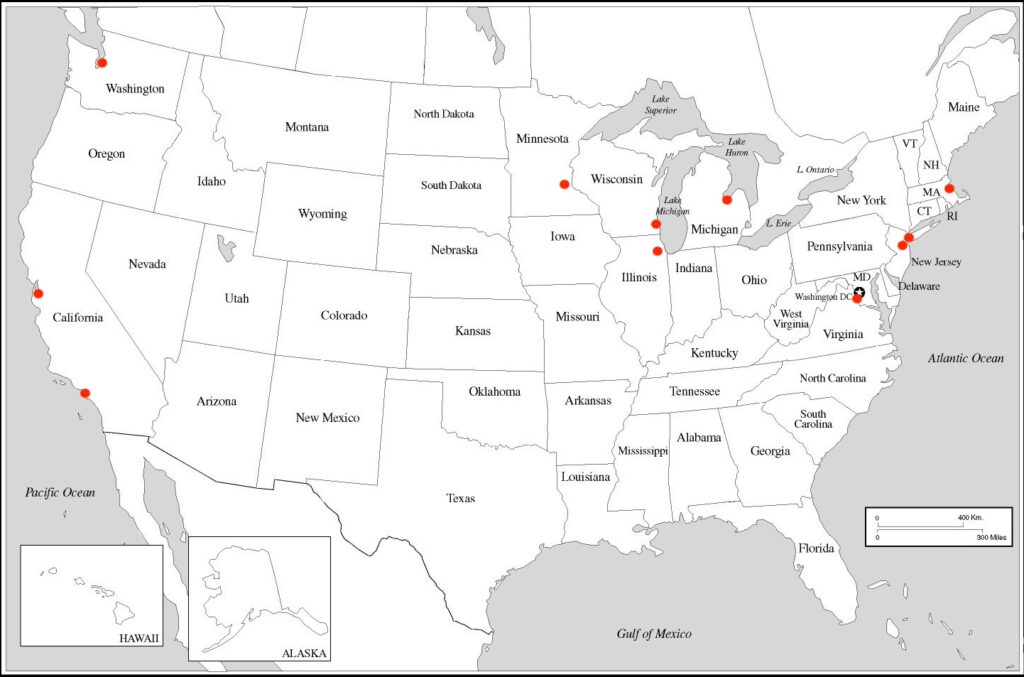Media Coverage
Using local newspapers, social media, and national media, we aimed to create cohesive understanding of the media coverage surrounding Nuclear Power Plants. Prairie Island Nuclear Plant is the focus of our project, but we also looked at the Monticello Nuclear Plant to provide a point of comparison to view difference of media coverage within the state of Minnesota.
The Prairie Island Nuclear Generating Plant is located in Red Wing, Minnesota, next to the Mississippi River and bordering the Prairie Island Indian Community reservation. Since it’s opening in 1973, it has been controversial in media reception. We look at media coverage on Prairie Island through three main themes

A note on media about Prairie Island Nuclear Plant
There is little to no media coverage that exclusively deals with the Prairie Island Nuclear Plant, especially on less formal media sources like Instagram, TikTok, or Twitter (X), which drastically differs from the Monticello Nuclear Plant. There is also little national coverage on Prairie Island Nuclear Plant, so most of our research comes from local newspapers and less “creditable” (not as recognized) media sources.
As a comparison to the Prairie Island Nuclear Plant, we turn to the only other nuclear plant in Minnesota, the Monticello Nuclear Generating Plant.
- The Monticello plant was opened in 1971 in Monticello, Minnesota with a license lasting until 2010.
- A renewal license was issued in 2006 allowing it to continue operating until 2030.
- The Minnesota Public Utilities Commission approved a further extension of the licence through 2040
- Similar to the Prairie Island Nuclear Power Plant, Monticello has also had its fair share of scandals surrounding it, its most one being a recent tritium leak in 2023.

Local Interviews
We interviewed 12 students who go to school in Minnesota, primarily Macalester students. They provided a small sample size as to how college students view nuclear energy. Coming from various areas in the United States, we aimed to see if there was geographical variance in their knowledge.

Majors of those interviewed included: Environmental Studies, Kinesiology, Psychology, Educational Studies, Religious Studies, English, Anthropology, Classics, Philosophy, Computer Science, and Linguistics.

Our interviewees came from states on the East Coast, West Coast, and from the Midwest, including one from Minnesota.